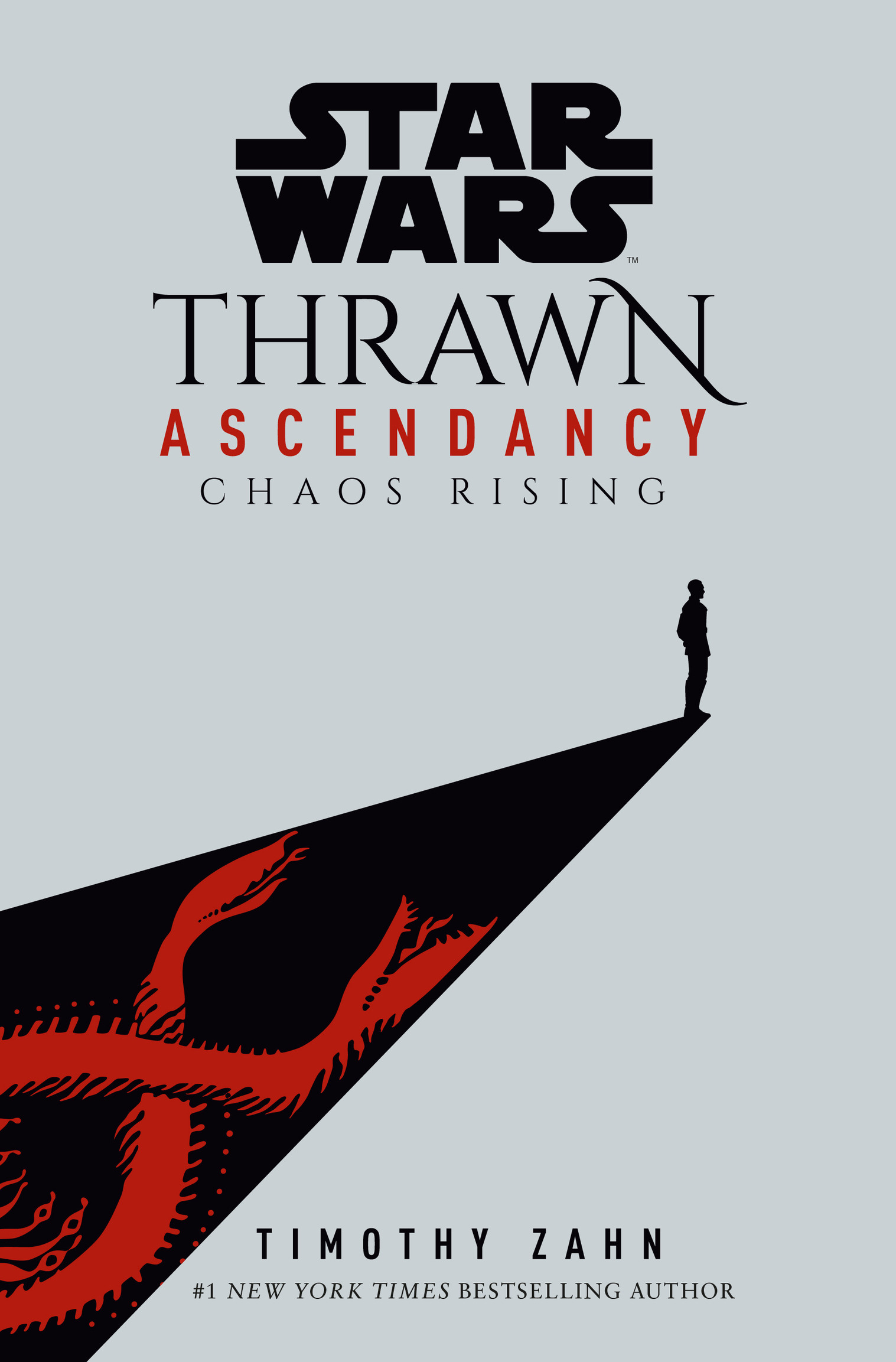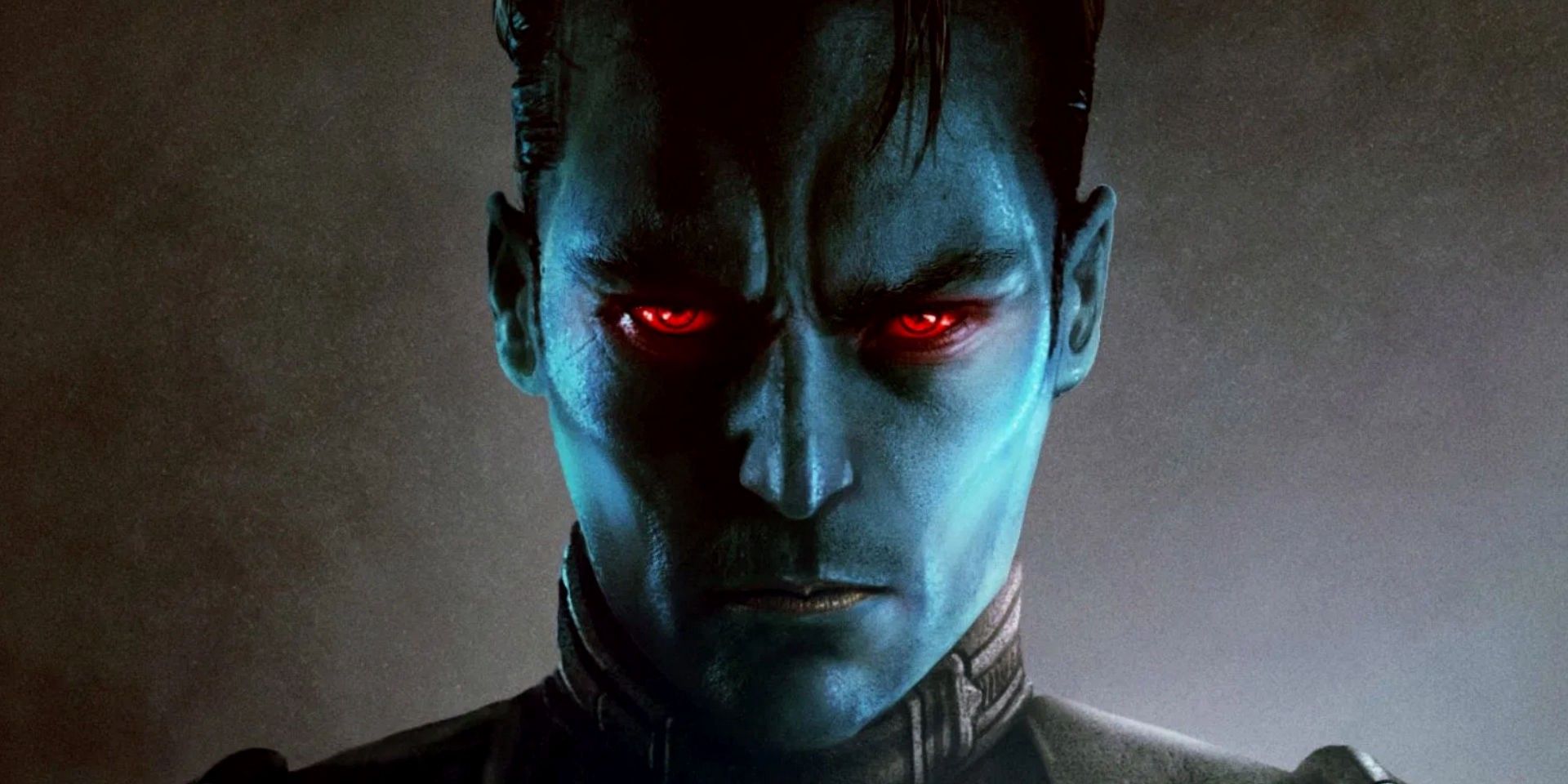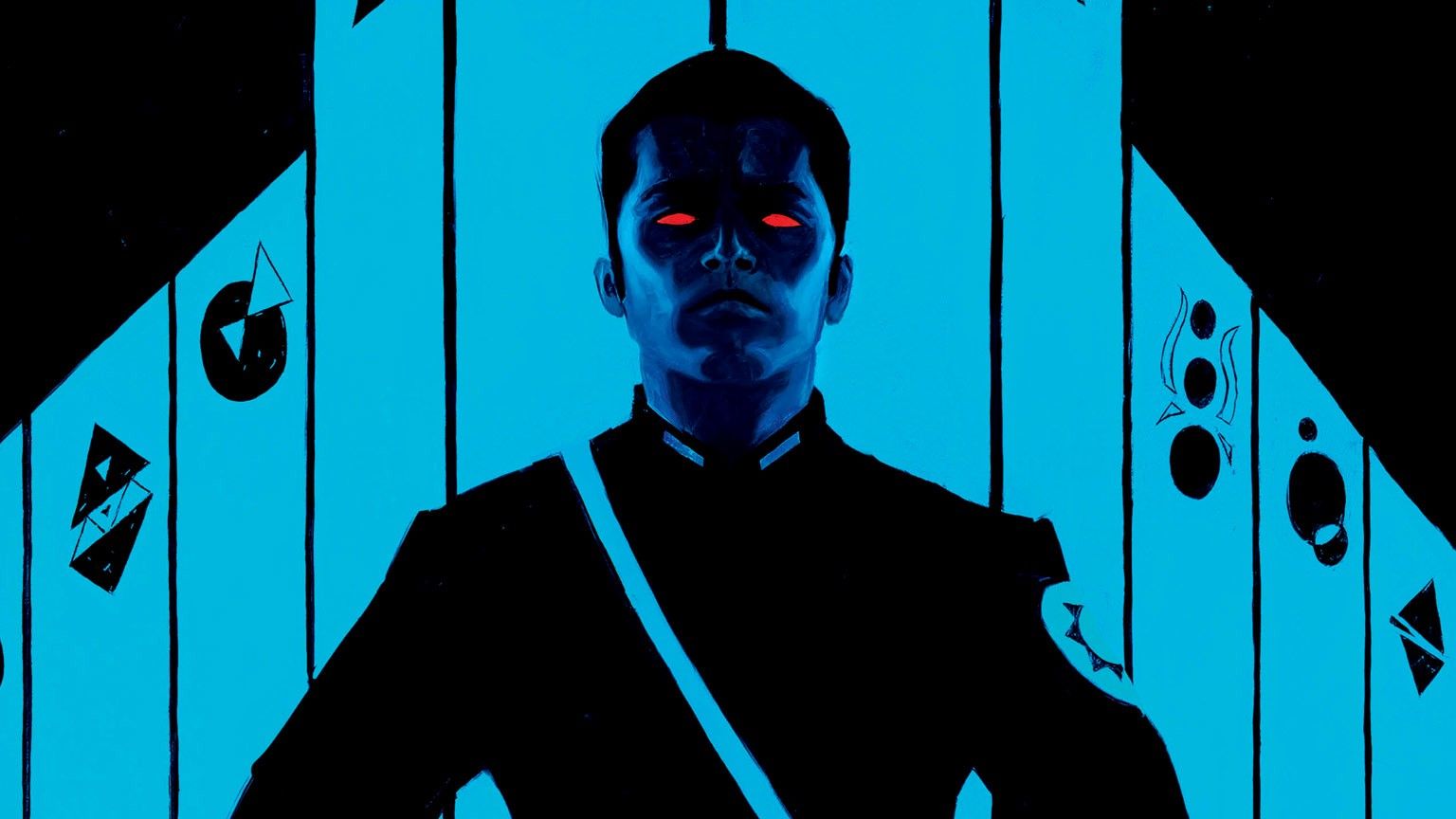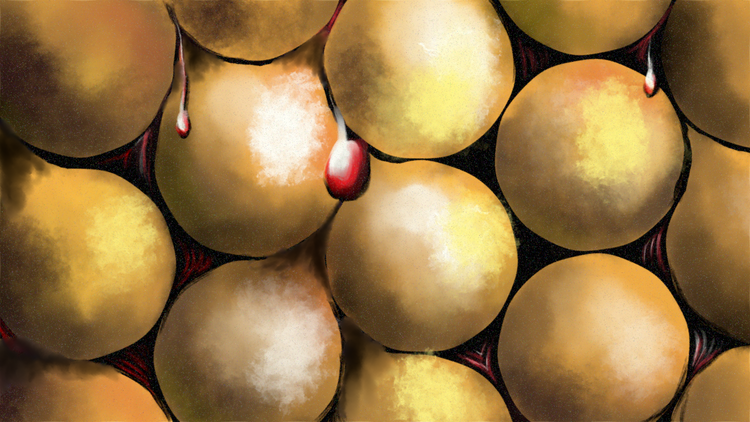
Book Review | Thrawn Ascendancy: Chaos Rising

Author: Timothy Zahn
Publisher: Del Rey
Length: 336 pages
EE Critic Score: 6/10
Thrawn Ascendancy: Chaos Rising is the latest Star Wars book from foundational Star Wars author Timothy Zahn, the first of a trilogy of novels detailing the past of fan-favorite character Thrawn. Additionally, this book fleshes out Thrawn’s home, the Chiss Ascendancy, to a considerably greater degree than had been done before.
The book is written split between regular passages (set at the same time as the Clone Wars, although the Chiss and their neighbors are far removed from that conflict) and “Memories”, which are set sometime before the main story. It focuses on Mitth’raw’nuruodo, a naval officer in the Chiss Expansionary Defense Force whose brilliance in starship combat has earned him an adoptive place in one of the Ascendancy’s Nine Ruling Families, as well as the attention of ambitious politicians either hoping to ride his successes into greatness or worried his recklessness will doom the Chiss people.
Analysis
After almost thirty years of writing the character, you’d think Zahn would have run out of new things to say about Thrawn. And, having read this book, I’m afraid that might be the case. Not that there’s much room to complain, considering that Zahn has spent recent years putting out a trilogy of books exploring the character in-depth. After 2017’s Thrawn, we know the character. He’s already been well-realized: an art-loving starship officer with the strategic genius of Scipio Africanus, the deductive mind of Sherlock Holmes, and the political acumen of several bananas. He gets praised by those around him a bit often, maybe, but he is fun to read as he outwits his foes. He’s the same character in this book, just younger, and not facing anti-alien sentiment in the Imperial fleet. Also, he doesn’t seem nearly as ruthless, though that has something more to do with the situations he finds himself in, rather than his responses to them. Additionally, unlike the recent Thrawn trilogy but like Zahn’s other books featuring the character, we don’t get scenes from Thrawn’s perspective; he’s only shown through the eyes of those around him. Overall, I’m not sure that someone who read this book, having never heard of Thrawn before, would come away with any interest in him.

The book is still worth the read, though, because, while we don’t see much we haven’t seen of Thrawn, we see a lot of his people, the Chiss. They are to be the focus of this new “Ascendancy Trilogy”, going by the title, and the first installment does a lot to establish who the Chiss are and how their society works. The Chiss Ascendancy, and the surrounding, barely-charted space, is a compelling setting. I don’t really remember anything that took place largely in the region since Outbound Flight, Zahn’s previous look at Thrawn’s pre-Imperial life. (That book, part of the old EU, is still referenced in the start of this Canon work, albeit obliquely.) Most of the details about the Chiss came not from proper fiction works, but reference material, most notably Star Wars: The Essential Atlas, which Zahn draws on but contradicts in a few key ways, mostly by making the Ruling Families less blatantly like the Houses of the Dune universe.
Here, Zahn finally lays out, in his own words, what the Chiss Ascendancy is: a society led by a number of ruling families, where advancing one’s position is done by ascending the ranks of a family. Those born into a family are the highest rank, and those born outside a family earn increasingly complete adoption. Thrawn, we find, was not always Mitth’raw’nuruodo, but was once Kivu’raw’nuru, a member of one of many non-ruling families. His adoption into the ruling family Mitth is contingent on his performance as an officer in the Chiss navy. (That explains the “Mitth” part of his name. The “odo” isn’t really addressed, though maybe that’ll be in a later book.)
This book therefore feels very little like Star Wars, which isn’t really a good or bad thing, but it bears mentioning. There are no Jedi, no droids, not really any wars going on, just pirate raids and retaliatory strikes. What it does have a lot of is semi-mystical interstellar navigation, which calls to mind Cascade Point moreso than the usual “punch it, Chewie” computer-automated hyperspace travel. This book has its own flavor, which might put some franchise fans off, but might also seem refreshing.
But the strong backdrop is wasted on a thin story. Nothing much of consequence seems to happen and the characters are thus given little to do, besides go from here to there, scouting and plotting until finally, in the last chapters, all the pieces fall into place and Thrawn takes a decisive victory from a stunned foe. It’s told well, and it’s fun and engaging to read, but in the end it feels unsubstantial.
About the other characters: Thrawn is not the only merit adoptive to hold a starring role in the book; there’s also Mitth’ali’astov (Thalias), a former ozyly-eschembo navigator turned navigator’s caretaker who serves as this book’s Pellaeon, that is, the in-universe Thrawn fan through whose eyes we see Thrawn’s brilliance. I’m usually willing to put up with this specific trope more than some other people are, but Thalias doesn’t seem to have much else in her life besides Thrawn-worship, which isn’t even that justified considering that she barely knows Thrawn at the beginning of the book, having met him once, for a few minutes, more than a decade ago. Still, I did like her scenes because she has some life to her characterization, which isn’t as true of most of the other Chiss characters, who are either stoic military types or equivocating politicians, and the two other Chiss who aren’t, the young ozyly-eschembo Che’ri and the grandfatherly Mitth Patriarch, largely share scenes with Thalias.
Che’ri is the only character who really seems to change over the course of the main story, in ways I won’t spoil. Ar’alani, Thrawn’s superior officer who appeared in Outbound Flight as well as the other Canon Thrawn books, has a good bit of development in the flashbacks, contrasting with Thrawn as a blood member of a ruling family who gives up her privileged position to serve the Ascendancy as a whole. Yiv the Benevolent is a serviceable one-off villain, but isn’t especially memorable. The very end of the book teases a greater antagonist, probably a Grysk, although the word is never used.

Shall we talk book design? That’s an awful lot of fonts on the cover isn’t it? I generally think the cover looks pretty cool, but there’s the Star Wars logo, then “Thrawn” in a serif font with a special N, then “Ascendancy” in a third font, in red, then “Chaos Rising” in the serif font, with a normal N. At the bottom is the author’s name in the third font, but black this time, and a bestseller’s boast in the serif font. That’s three fonts in two colors and five sizes.
Also, first-run hardcover copies of the book were printed with blue borders around the page, because Chiss have blue skin, apparently. I find this odd.

Recommendation & Rating
This book was more interesting than truly great. The worldbuilding is enjoyable and transporting; like the best of Zahn’s work in the franchise, it expands the universe of Star Wars storytelling possibility. But it lacks the usual grand moral conflict Star Wars usually has, which makes the plot come off a bit hollow and pointless once you’ve read through it. I’d say it’s a bit Asimovian in that way: not bad, well written, well-thought-out, but lacking true heroes and villains.
Still, if you’re a fan of Thrawn, you’ll probably appreciate this book. If you aren’t a Thrawn fan, I’d probably recommend you read some other books ahead of this one. Chaos Rising is very clever military sci-fi that avoids getting bogged down in overly intricate descriptions of maneuvers and strikes without glossing over the action either, so if you are a fan of that, maybe check this out.
6/10 — More positive than negative. Has significant failings, but is overall an enjoyable experience. A tentative general recommendation given.






Member Commentary